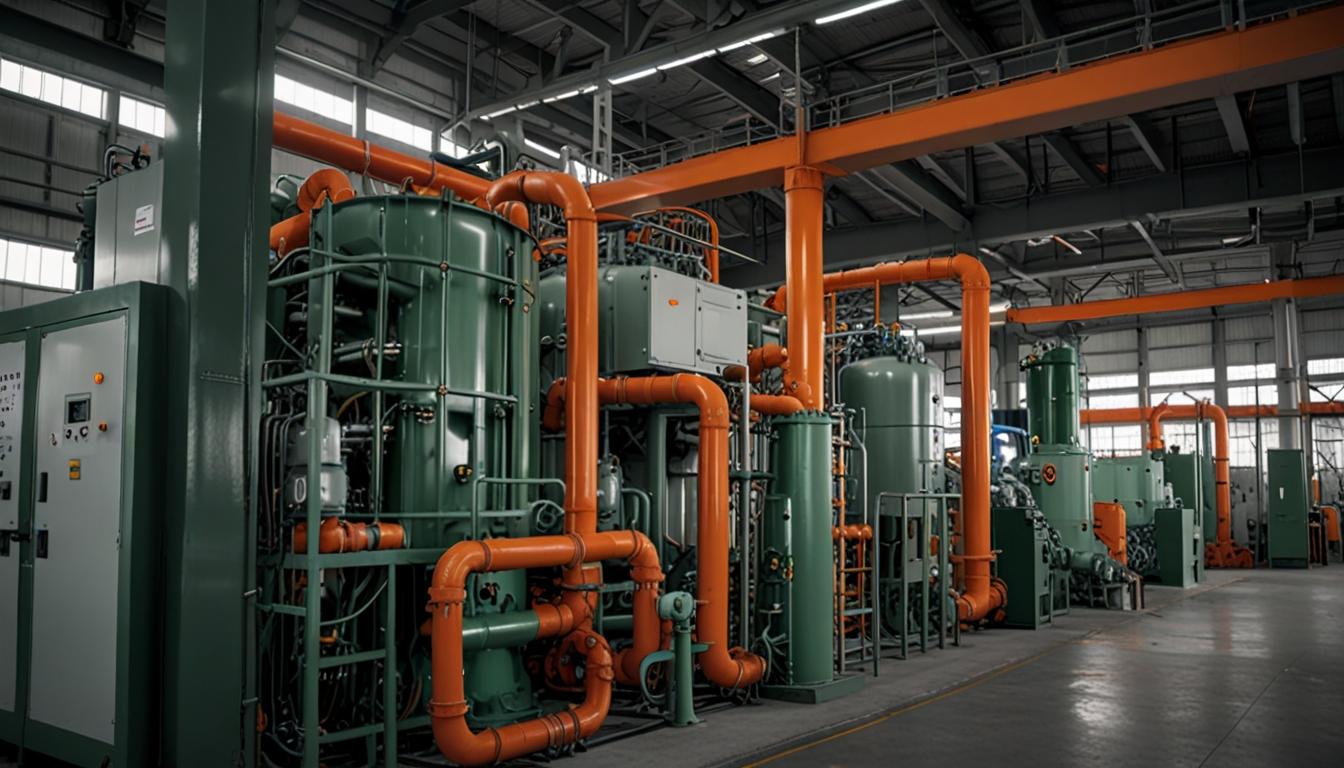The World Bank has allocated $1.5 billion to support India in accelerating its development of low-carbon energy, focusing on green hydrogen and electrolysers. The funding aims to increase renewable energy capacity, reduce emissions, and establish a national carbon credit market.
The World Bank has approved $1.5 billion in financing to accelerate India’s development of low-carbon energy. This marks the second phase of support aimed at bolstering the production of green hydrogen and key technologies like electrolysers. The operation aligns with India’s burgeoning energy security initiatives and the World Bank’s Hydrogen for Development (H4D) Partnership.
The reforms under this financing are expected to yield at least 450,000 metric tonnes of green hydrogen and 1,500 MW of electrolysers annually beginning fiscal year 2025-26. Additionally, renewable energy capacity is projected to increase significantly, helping cut emissions by 50 million tonnes each year. The operation also includes measures to advance a national carbon credit market.
The first phase of this initiative was launched in June 2023, which provided similar financing and helped remove transmission charges for renewable energy in green hydrogen projects. It also set a robust legal framework for large-scale renewable energy tenders and a national carbon credit market.
World Bank Country Director for India, Auguste Tano Kouame, emphasized the importance of these efforts in assisting India to meet its net-zero emissions target while generating jobs in the clean energy sector. Team leaders Aurélien Kruse, Xiaodong Wang, and Surbhi Goyal noted India’s substantial progress in creating a domestic market for green hydrogen, supported by expanding renewable energy capacity.
This funding includes a loan of $1.45 billion from the International Bank for Reconstruction and Development (IBRD) and a $31.5 million credit from the International Development Association (IDA).













